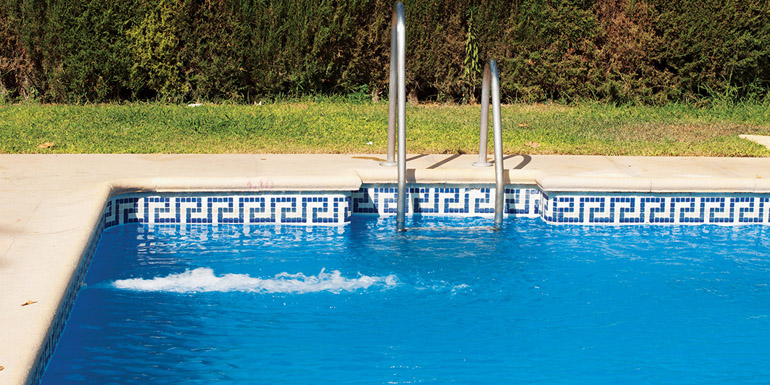
By Sean Walsh & Zach Schulz
Since the introduction of variable flow technology and the understanding of affinity laws, many consumers, as well as energy policies, have started to focus on introducing energy-efficient systems to the swimming pool environment. With both variable- and two-speed pumps taking the lead role in this new ‘eco-revolution,’ both pool professionals and pool owners are asking, “Why is the industry heading in this direction?”
Thanks to the low-flow setting capability of these pumps, there are two reasons:
- They save the pool owner money.
- They reduce energy consumption.
The idea is simple and to the point; however, one question remains, “Does this new direction come at a cost?” The answer is yes, as low-flow settings, in some ways, compromise the desired performance level of variable- and two-speed pumps because many secondary pool components that work hand-in-hand with these systems were designed for use with single-speed pumps.
The benefits of low-flow rates
To prevent the performance level of variable- and two-speed pumps from being compromised, it is important to understand the benefits of low-flow rates first.
Low-flow rates not only reduce energy costs as pumps run at lower speeds, but filtering and heating efficiencies also increase. Rather than having a high volume of water pass through the pool filter under great pressure, which can lead to contaminants being forced through the filter media, lower flow rates allow the filter to be more efficient at ‘catching’ these contaminants. This also improves the cleanliness of the pool water, which reduces chemical usage and associated water maintenance expenses.
These benefits can also be applied to pool heater efficiency. The longer a volume of water spends in a given pool heater (whether gas, electric, solar, or heat pump), the longer the heater has to transfer heat energy to the water. As a result, the pool owner saves money by reducing heating costs. Therefore, if the goal is to operate an efficient swimming pool by keeping it clean and reducing costs in the process, then low-speed pump settings are the answer.






